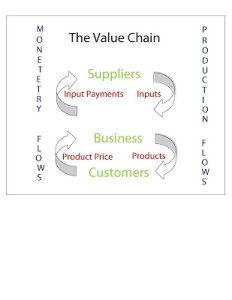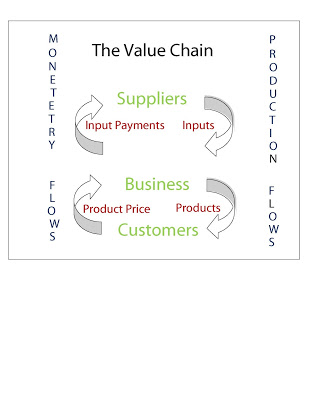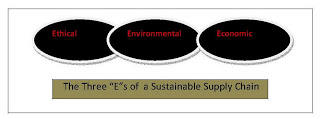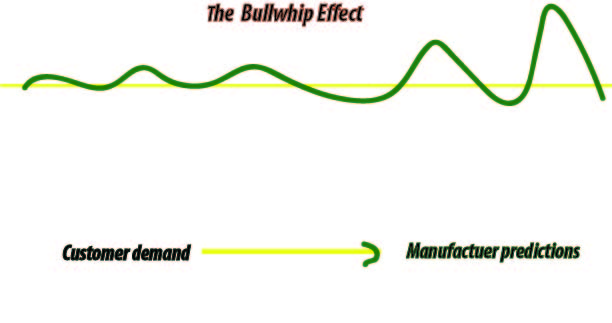Abstract
A firm value chain is a representation of various processes involved in producing goods and services starting with raw materials and ending with delivery of the finished goods to the customer.Value chain begins with new product development, which creates new product or service.The functioning of the value chain is supported by the human resources, accounting and Information technology.The value chain framework has come to the forefront of thought and analysis for strategic planning and competitive strategy.The value chain concept has been extended beyond individual firms.Synchronized local value chains create an extended value chain, which can be global also.It is a model that helps firms to create value and competitive advantage.
Introduction:
The term value chain consists of a chain of activities that a firm operating in an industry, which performs in an order to deliver a valuable product or service for the market and customer. The value chain (VC) concept was introduced by Porter.
The Firm level value chain:
A firm value chain is a representation of various processes involved in producing goods and services starting with raw materials and ending with delivery of the finished goods to the customer.Value chain begins with new product development, which creates new product or service. Marketing generates demand by publicizing the customer priorities that the products or services will satisfy. Marketing also brings feedback from customer, while developing new product. Distribution either takes the product to the customer or brings the customer to the product. Service responds to customer requests during or after the sale.The functioning of the value chain is supported by the human resources, accounting and Information technology.
Above mentioned functions have to execute for the competitive strategy of a company. These functions play certain roles .Each firm need to develop their own strategy.

Significance of the concept:
The value chain framework has come to the forefront of
thought and analysis for strategic planning and competitive strategy. The value chain concept has been extended beyond individual firms. It can apply to the whole supply chains. The delivery of some products and services to the end customer mobilizes different economic factors, each managing its own supply chain. Synchronized local value chains create an extended value chain, which can be global also. The larger interconnected systems are sometimes called “value systems”. A value system includes a firm’s supplier and their suppliers all the way back, the industry itself, the firm distribution channels, and the industries’ buyers and even extended to the buyers of their products and so on.
Porter’s value chain framework:
It is a model that helps firms to create value and competitive advantage. This model takes into consideration, on the one hand, inbound logistics, operations, outbound logistics, marketing and sales, and services,which are called primary activities. On the other hand, procurement, technology development, human resource management and firm infrastructures termed as secondary activities. Porter’s concept helped to introduce supply chain management concept. A supply chain is a network of both upstream and downstream linked organizations in the processes and activities of product and services to handover to ultimate consumers .
Conclusion:
The business functions in a Value chain includes research and development, designing of the products, services or processes, production, marketing and sales ,distribution and customer service.
References:
1.http://www.valuebasedmanagement.net/methods_porter_value_chain.html
2.https://www.cisl.cam.ac.uk/graduate-study/pgcerts/value-chain-defs






i think i dont need a professor
Hi
Thanks for the appreciation.
We’re a small grouping of volunteers and opening a
whole new scheme in our community. Your website provided us with valuable info to
operate on. You’ve done a formidable job and our entire community is going to be thankful for you.